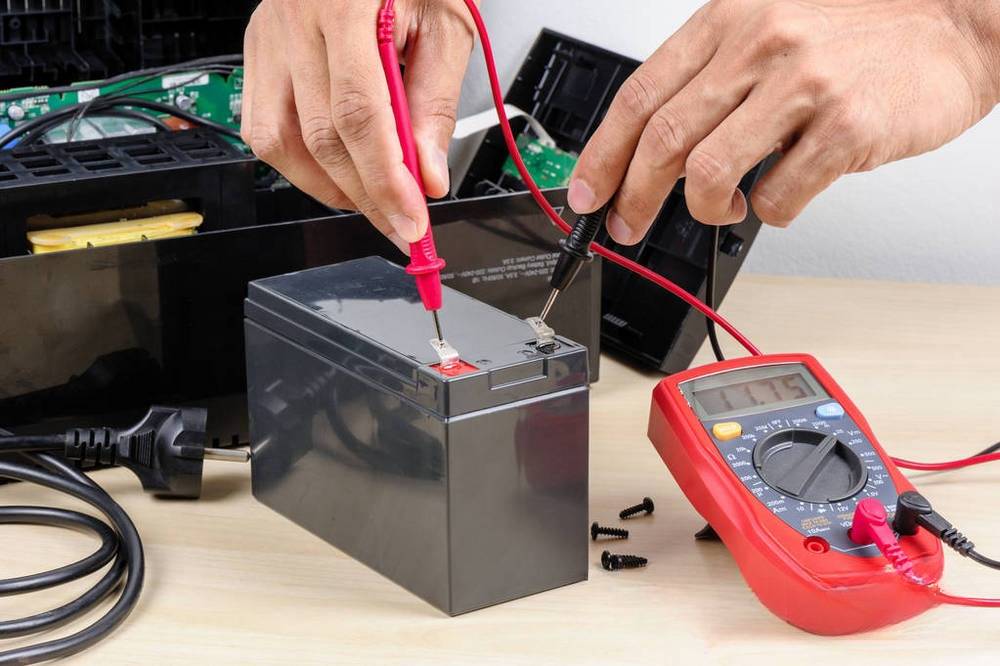Blog
How to Wake Up a LiFePO4 Battery
LiFePO4 battery are widely used in electric vehicles, energy storage systems, and portable electronic devices due to their safety, long lifespan, and excellent thermal stability. However, prolonged inactivity may cause the battery to enter sleep mode, affecting its performance and lifespan. This article will delve into effective methods to wake up LiFePO4 batteries, restoring their functionality.

Understanding the State of LiFePO4 Battery
To wake up a LiFePO4 battery, it is essential to understand its state. Protection mode and sleep mode are two different concepts.
- Protection Mode: When the battery voltage is too high or too low (typically below 2.5V), the protection circuit automatically disconnects the power to prevent overcharging or over-discharging. This mode is used to protect the battery from damage.
- Sleep Mode: This is a low-power state that the battery enters after being unused for an extended period, where the battery voltage is usually still within an acceptable range (above 2.5V). In this state, the battery's self-discharge rate is reduced to extend storage time.
Why Do LiFePO4 Battery Enter Sleep Mode?
LiFePO4 batteries may enter sleep mode for the following reasons.
- Prolonged Inactivity: Not charging the battery for an extended period leads to self-discharge and gradually decreasing capacity.
- Low-Temperature Storage: Cold environments accelerate the decline in battery capacity, reducing its availability.
- Increased Internal Resistance: As the battery ages, internal resistance increases, making it easier for the voltage to drop and causing the battery to malfunction.
Understanding these reasons helps you take preventive measures in daily use to extend the battery's lifespan.
Methods to Wake Up LiFePO4 Battery
To wake up a LiFePO4 battery, you can follow these steps.
- Check Voltage: - Use a multimeter to confirm the battery voltage and record the readings to understand its state.
- Low Current Charging: - Connect a low current charger (approximately 0.2C). This trickle charging method safely raises the battery voltage. Avoid using high current chargers to prevent damage.
- Gradual Charging: - If the battery voltage is below 2.5V, perform gradual charging while monitoring the voltage. Check the voltage periodically to ensure the battery is gradually recovering.
- Load Stimulation: - Connect the battery to an appropriate load (such as a small light bulb) to consume some power, which may activate the internal chemical reactions of the battery.
- Warm the Battery: - Place the battery in a warm environment (like room temperature) to help increase the rate of internal chemical reactions.
- Monitor Progress: - Continuously monitor the battery voltage. Once it recovers to a safe range (usually above 3.2V), switch to a standard charger for normal charging.
- Check Connections: - Ensure all connection terminals are clean and secure to avoid poor contact that may prevent the battery from functioning properly.
- Use Battery Management System (BMS): - If the battery is equipped with a BMS, ensure it is functioning correctly, as it can automatically monitor and adjust the charging process.
How to Minimize the Risk of LiFePO4 Battery Entering Sleep Mode
To reduce the likelihood of LiFePO4 batteries entering sleep mode, consider the following strategies.
- Regular Use and Charging: Charge the battery every few months, keeping the charge level between 40%-60% to ensure it remains in good condition. - Proper Storage Conditions: Store the battery in a dry, temperature-controlled environment, avoiding extreme temperatures to reduce self-discharge and damage.
- Utilize a Battery Management System (BMS): Real-time monitoring of the battery state and automatic management of charging and discharging processes ensure battery safety.
Additional Maintenance Tips for LiFePO4 Battery
To ensure optimal performance of LiFePO4 batteries, regular inspection of the battery and its connection terminals is essential.
- Clean Connection Terminals: Keep the connection terminals clean to prevent corrosion and poor connections.
- Monitor Battery Health: Regularly use professional equipment to check the health status of the battery and identify potential issues promptly.
- Follow Manufacturer Guidelines: Understand and adhere to the usage and maintenance guidelines provided by the manufacturer for better battery management.
Conclusion
By understanding the state of LiFePO4 batteries, the reasons for entering sleep mode, the methods to wake them up, and strategies to minimize risks, you can effectively maintain battery performance and ensure it is always available for use. Regular attention and maintenance will help extend the lifespan of LiFePO4 batteries, keeping them in optimal condition.
- Next:How to Test New LiFePO4 Battery: A Comprehensive Guide to Steps and Precautions
- Previous:OTS LiFePO4 Batteries vs DIY LiFePO4 Batteries: Key Differences You Need to Know
Contact Details
Lithium LiFePO4 Batteries and Lithium LiFePO4 Cells Supplier - LiFePO4 Battery Shop
Contact Person: Miss. Elena Wang
WhatsApp : +8615263269227
Skype : +8615263269227
WeChat : 15263269227
Email : info@lifepo4batteryshop.com
All Products
Certification
Customer Reviews
- I have fond memories of our meeting in Shanghai with LiFePO4 Battery Shop Elena. Your company left a strong impression on me with its impressive growth and professionalism. We both value straightforwardness and honesty, which I believe are the most important qualities in any partnership. I am confident that we can build a successful collaboration based on these shared values. —— Robert from USA
- I've been working with LiFePO4 Battery Shop for years, and their reliability is unmatched. While other suppliers frequently change sales teams, LiFePO4 Battery Shop has consistently provided exceptional service with a stable team. Their commitment to quality and customer support truly sets them apart. —— Henry from Australia



